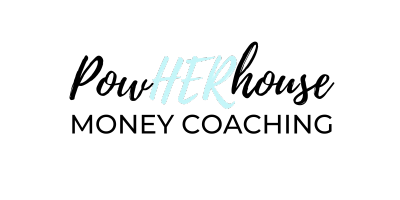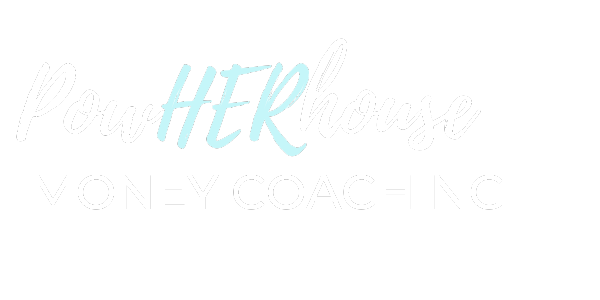[et_pb_section fb_built=”1″ _builder_version=”4.5.0″][et_pb_row _builder_version=”4.5.0″ background_size=”initial” background_position=”top_left” background_repeat=”repeat”][et_pb_column type=”4_4″ _builder_version=”3.25″ custom_padding=”|||” custom_padding__hover=”|||”][et_pb_text _builder_version=”4.5.0″ background_size=”initial” background_position=”top_left” background_repeat=”repeat” hover_enabled=”0″]

If you’re in the middle of paying back student loans, it’s important that you are aware of the new regulations and laws that have come into effect due to the COVID-19 pandemic.
Payments Paused
If you have federal student loans that qualify for the difference, the government is pausing your payments and interest until September 30th, 2020. This means the interest is set at $0 and no payments will be due.
If you are currently in the federal loan forgiveness program where you work for a qualified non-profit and will have loans forgiven after 120 payments, you do NOT need to make payments during this time. The months while on ‘pause’ will count towards your qualifying payments.
If you have private student loans- you will need to contact your lender to see what they are doing for borrowers right now.
Additional Considerations
- If you do not have adequate emergency reserves (we recommend 6 months of expenses) use this time to take the payment you’d normally make towards your student loans and put it towards your savings account.
- If you have high-interest credit cards you need to pay down, use the monthly payment amount you would typically be paying toward your student loans towards extra credit card payments.
- If you have no high-interest debt and still have the cash flow to make the payments, you can continue making payments on your student loans and take advantage of 100% of your payments going toward the principal while they are at 0% interest!

[/et_pb_text][/et_pb_column][/et_pb_row][/et_pb_section]


